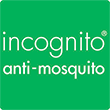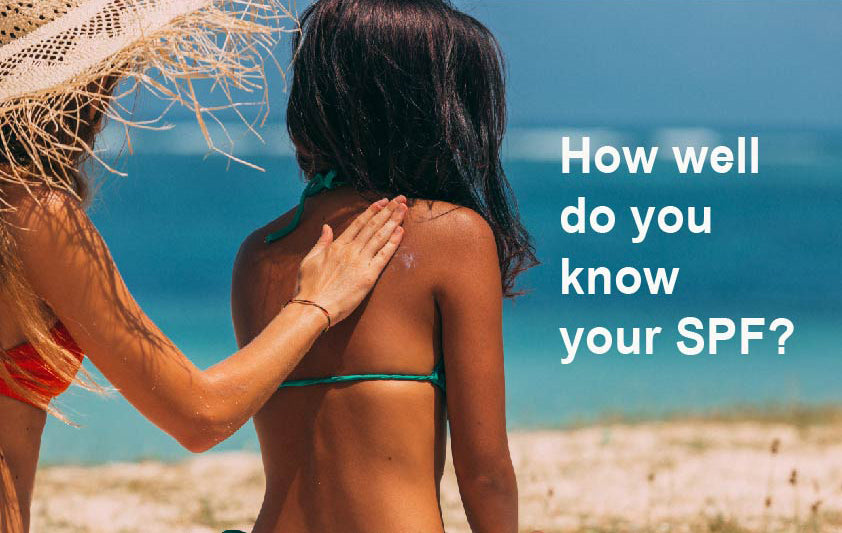SPF (Sun Protection Factor) measures the level of protection provided by sunscreens against UVB (ultraviolet B) radiation, which is primarily responsible for sunburn. Both SPF 50 and SPF 30 offer significant protection, but the differences in their effectiveness are not as great as you might think. The SPF number is the multiple of the time that a person can stay in the sun without burning. For example, I can be in the sun for 20 minutes, therefore if using SP15, I can be in the sun for 5 hours (15 x 20 minutes). Subject to the below:
SPF 50: SPF 50 sunscreens block about 98% of UVB rays, allowing only 1/50th (2%) of the rays to reach the skin.
SPF 30: Sunscreens with SPF30 block approximately 97% of UVB rays, allowing 1/30th (about 3%) of the rays to reach the skin. This means that SPF50 provides only 1% longer protection against sunburn compared to SPF30.
So while there is a slight difference between SPF50 and SPF30, it’s important to note that no sunscreen can block 100% of UVB rays. Even SPF 100 doesn’t. Though any suncream over SPF50 contains “nasties” that you don’t want to be putting on your skin.
When choosing between SPF50 and SPF30 consider your skin type, the intensity of the sun exposure and personal preferences. If you have fair or sensitive skin, are prone to sunburn, or are in a high UV environment, SPF50 may be marginally better protection, but it would still need to be reapplied regularly. This is a mistake a lot of people make with SPF 50, assuming one application will last the entire day., but this would only be the case if you didn’t move, swim or sweat!
SPF30 is almost as effective for most people and provides significant protection. The advantage of wearing SPF30 is people already normally expect to have to reapply it more frequently. Frequency of application and re-application of SPF products is ultimately the most important factor, especially in humid areas, or when sweating or after swimming. Some sunscreens are not water resistant and need to be re-applied after light showers.
Now, let’s discuss the difference between sunscreens and mineral sunblocks.
- Sunscreens – Sunscreens work by absorbing or scattering UV rays before they penetrate the skin. They typically contain chemical compounds that act as filters to absorb UV radiation. These chemicals convert UV rays into heat, which is then released from the skin. They need to be applied at least 20 minutes before sun exposure.
- Mineral sunblocks, often referred to as physical sunscreens, work differently. They contain active mineral ingredients such as zinc oxide or titanium dioxide. See our blog How Safe is your Suncream? These minerals sit on the surface of the skin and create a physical barrier that reflects and scatters UV rays aways from the skin. They work immediately upon application, without requiring time for absorption.
The primary advantage of mineral sunblocks is that they provide broad-spectrum protection against both UVA and UVB rays. Plus they are nearly all water resistant. They are less likely to cause skin irritation or trigger allergies compared to some synthetic chemical sunscreens. However, non-nano mineral sunblocks can sometimes leave a thin white layer on the skin due to the mineral particles, which can be a cosmetic concern for some individuals.
Ultimately, the choice between sunscreens and mineral sunblocks depends on personal preference, skin type, and any specific sensitivities or concerns you may have. Both options can be effective at protecting the skin from the harmful effects of the sun, so it's important to choose a product that suits your needs and provides adequate protection. It’s also important to factor in environmental protection as many sunscreens and sunblocks contain ingredients that KILLS coral reefs. Our incognito SPF30 sunblock with insect repellent is reef friendly as well as combining the properties of both SPF and a strong natural insect repellent. It took over 10 years to formulate! See here for more info.
We at incognito® are extremely proud that our SPF30 mineral sunblock is nano-free and combines highly effective SPF protection along with highly effective insect repellent to ensure that wearers are protected from UVA and UVB rays along with biting and stinging insects. Many people do not realise that the dengue and zika carrying mosquito species bite during day-time so they are also often at risk during sunbathing.
Standard insect repellents compete with SPF products. In fact putting ordinary insect repellent on top of any sunscreen or sunblock drastically reduces its SPF, thus significantly increasing the risk of skin cancer. Usually whichever product you put last on your skin will be the most dominant/effective. incognito® have overcome this problem by combining both SPF and insect repellent into one product which has been clinically tested to be highly effective as both an SPF and an insect repellent.
We hope this has been informative and you have learned something. If you are travelling, make sure to check which mosquitoes are prevalent and what diseases they carry. Also check what time of the day they bite so you can make informed decisions about what SPF and insect repellent products to take with you.
For 20% off incognito sunblock and to view the wider range click here.

